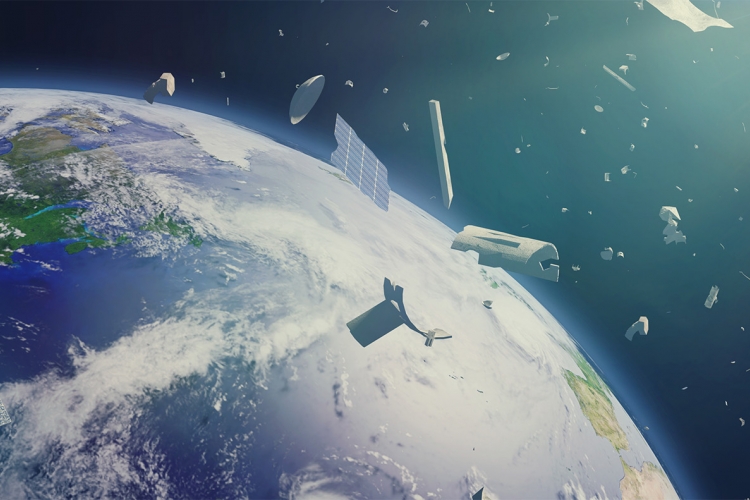Whispers of falling space debris can spark fear and confusion. Recently, rumors circulated about a large object, specifically 5,800 pounds of batteries from the International Space Station (ISS), re-entering Earth’s atmosphere on October 26, 2023. Let’s separate fact from fiction and explore the responsible practices surrounding space debris disposal.
Disposing of Space Hardware: A Controlled Descent
The ISS, a testament to international collaboration, occasionally disposes of outdated or malfunctioning equipment. These planned de-orbit manoeuvres ensure the smooth operation of the station and minimize the accumulation of space debris.
Here’s a closer look at the typical disposal process:
- Precise Targeting: Flight controllers meticulously calculate the trajectory of the expendable equipment, aiming for a controlled re-entry.
- Fiery Demise: As the object plunges into the atmosphere, friction with air molecules generates immense heat, causing most of the spacecraft or equipment to disintegrate. Only small, very dense objects have a chance of surviving re-entry and reaching the ground.
- Splashdown or Landing: In most cases, any remaining debris lands harmlessly in a designated area of the Pacific Ocean, far from shipping lanes and populated areas.
Shedding Light on the Recent Rumors
There are several reasons why the rumor about falling batteries is likely inaccurate:
- Outdated Information: The date mentioned, October 26, 2023, has already passed. Without a more recent date, it’s difficult to verify the information.
- Transparency in Space Debris Tracking: Major space agencies like NASA and the European Space Agency (ESA) meticulously track large objects orbiting Earth. These objects are constantly monitored, and any planned re-entries are typically announced well in advance. Public awareness campaigns and press releases ensure transparency and minimize public concern.
- Size Matters: A 5,800-pound object (roughly the weight of a small car) is quite significant. News outlets and space agencies would likely report on such a large re-entry event, especially if there was even a remote possibility of debris reaching land.
What can we learn from this?
The rumor about falling batteries from the ISS is likely unfounded. Space agencies prioritize the safe disposal of spacecraft and equipment, and most re-entries pose minimal risk. However, the issue of space debris is a genuine concern. As space activity increases, the number of defunct satellites and equipment orbiting Earth is steadily rising. Space agencies and international organizations are actively exploring solutions to mitigate this growing problem.

Combating the Threat of Space Junk
Here’s a glimpse into ongoing efforts to address space debris:
- Debris Removal Missions: Concepts for spacecraft designed to capture and de-orbit defunct satellites are under development.
- Operational Guidelines: International space agencies are collaborating to establish best practices for spacecraft design and operation to minimize future debris generation. These guidelines encourage responsible practices like using self-deorbiting mechanisms for satellites after their operational lifespan ends.
- Active Debris Removal (ADR): Several private companies and space agencies are exploring technologies like robotic arms or nets to capture and de-orbit large debris objects.
Staying Informed About Space Debris
If you’re interested in learning more about space debris and re-entry events, here are some reliable resources:
- NASA Orbital Debris Program Office: https://orbitaldebris.jsc.nasa.gov/
- European Space Agency’s Space Debris Office: https://www.esa.int/Enabling_Support/Operations/Ground_Systems_Engineering/ESA_Space_Debris_Office
- The Aerospace Corporation’s Center for Orbital & Reentry Debris Studies (CORDS): https://aerospace.org/cords
By staying informed and supporting responsible space exploration practices, we can ensure a cleaner and safer space environment for future generations.



















